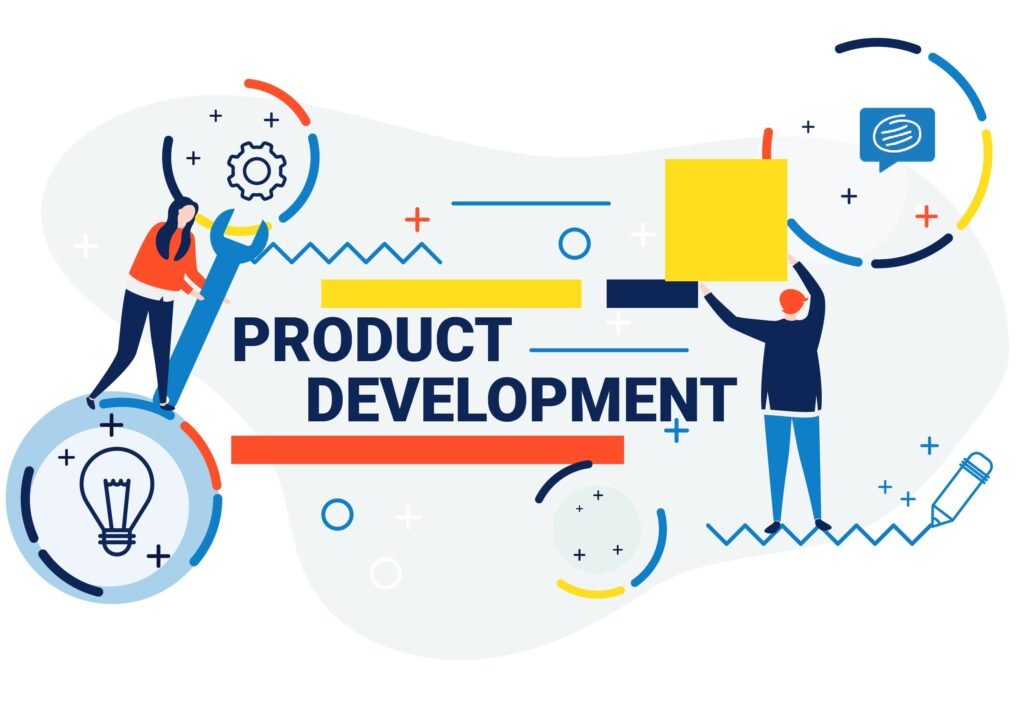New product development (NPD) is the process that takes a product idea from concept to commercialization. It involves several distinct phases, such as ideation, validation, prototyping, and launching, each of which contributes to turning an initial idea into a fully functional, market-ready product. This process is important for businesses looking to innovate and grow by bringing fresh offerings to their markets.
However, given NPD’s complexity and cross-functional nature, businesses today rely on NPD software to simplify and manage each phase efficiently. These tools centralize data like market research, customer feedback, and design specs. They automate workflows such as prototype approvals, budget tracking, and timelines. NPD software also improves communication between product designers, engineers, marketers, and supply chain teams, ensuring smooth collaboration throughout development.
Key Features and Functionalities of NPD Software
New product development software has several key features that support the entire product lifecycle. These include:
●Idea management: Tools for capturing and organizing new ideas from various sources.
●Workflow automation: Streamlining repetitive tasks and ensuring processes are consistent across departments.
●Collaboration tools: Centralized platforms for teams across different functions to work together and share information.
●Real-time data access: Providing teams with up-to-date information to make informed decisions during development.
Stages of the New Product Development Process and How NPD Software Helps
Stages of the New Product Development Process and How NPD Software Helps
●Ideation
The first stage of new product development is ideation, where new product ideas are generated and collected. This stage can involve brainstorming sessions, customer feedback, and market research. NPD software helps in this phase by providing a centralized platform for capturing ideas from multiple sources, organizing them, and allowing teams to evaluate which ideas have the most potential. Additionally, it enables businesses to track trends and insights over time, ensuring that valuable ideas are not overlooked and can be revisited for future product opportunities.
●Validation
Once an idea is generated, it needs to be validated. This means assessing the product’s feasibility, understanding the market demand, and evaluating the technical capabilities required to bring it to life. NPD software helps teams analyze data, run simulations, and assess risks, providing valuable insights into whether an idea is worth pursuing.
●Prototyping
The prototyping stage involves developing early versions of the product for testing and evaluation. NPD software facilitates this by managing design files, tracking revisions, and allowing teams to collaborate smoothly during the development of these initial models. It ensures that feedback is incorporated well, reducing the time it takes to move from prototype to production.
●Minimum Viable Product (MVP)
Before fully committing to large-scale development, many businesses launch a minimum viable product (MVP), a simplified version designed to gather early feedback from customers. This stage allows companies to test the product’s core functionalities without investing too many resources. NPD software supports this by tracking customer feedback, monitoring performance, and identifying areas for improvement before full-scale development begins.
●Development
Once the MVP is validated, the full-scale product development phase begins. This is where the product is refined and enhanced based on feedback from the MVP. NPD software helps in this stage by automating workflows, tracking project timelines, and ensuring teams can access the latest product specifications. It allows teams to manage the development process better, reducing the risk of delays or errors.
●Launch
Launching a new product is a critical moment in the NPD process. The right strategy can make or break a product’s success in the market. NPD software helps coordinate the launch by aligning marketing, sales, and supply chain teams. It ensures that all necessary materials, from product descriptions to promotional assets, are ready and consistent across all platforms, helping to ensure a smooth and successful introduction to the relevant markets. It also tracks the products’ key performance indicators (KPIs) and customer feedback in real-time, allowing teams to adjust strategies if needed, improving the product’s chances of long-term success.
●Post-launch Improvement
The process doesn’t end once the product is launched. Post-launch, businesses need to gather customer feedback, monitor performance, and make necessary product improvements. NPD software enables teams to collect this data, analyze it, and iterate on the product. This ensures that the product meets customer demands and stays relevant in the market.
Conclusion
Businesses need tools supporting every stage of the NPD process to stay relevant in the market. NPD software provides the solutions to manage the entire product lifecycle, from ideation to post-launch improvements. By streamlining workflows, enhancing collaboration, and providing real-time data, NPD software ensures that products are well-developed, meet customer demands, and reach the market at the right time.













































